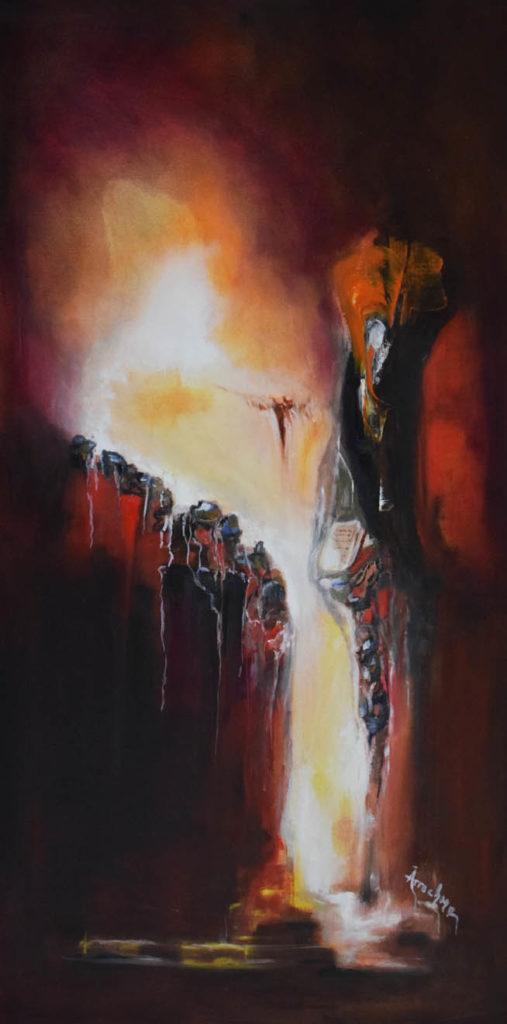Is Fine Art Different Than Decorative Art? #5
The Art Lady – As Seen In Villager Magazine by Arrachme
We will explore not only the difference between fine art and decorative art but the appropriateness of asking the artist to sharpen their pencil in pricing.
By the time we are mature adults, we have undoubtedly, lived many lives. Previously, as a licensed professional Interior Designer, I bought both fine art and decorative art for my clients. When my clients asked for fine art, I would seek fine artists, study them and purchase or commission original artwork. In my Interior Design Firm, I taught, my intern designers, to use this same process to uncover gems and build positive relationships with artists. Fresh out of school the much-needed practical application of the field, was what I taught. To determine which category to place a client in, we would engage in conversation. If they placed more value on functional furnishings, the art was placed in the accessory category. We learned to instinctively turn to decorative art. Next, if the client identified the art as the most important, attention would be placed on the art as the most important part of the budget. In this client category, the proper funds always existed for fine art.
Can you see the difference between these two pieces of art and the category difference?
To explain this visually, see my oil seascape painting “Beacon of Light”. It was created for home design and decorative purposes. Seascapes generally can comfortably fall into home décor. This original sold quickly.

The dramatic, contrasting, light-filled painting “Marked for Favor”, cataloged, exhibited, and awarded, to Fantasia Hwan Art Museum, was created as a fine art painting that can stand alone in a setting, as a conversation piece. This is an example most likely of art that would have been placed as a focal point of a room. The original painting is owned by the museum.

When budgeting, if you want a piece of fine art, is it ok to ask the artist to adjust the price?
Over forty years as an artist, I have seen many scenarios play out. If an artist is asked to lower their price as a casual idea or fire sale for the end of a show by a gallery owner, the answer should be a definite no. If this is a regular practice of the gallery this means the gallerist does not understand art and the artist should seek other representation.
When art is purchased from an artist privately and directly, it is experienced differently. It is ok to ask for an adjusted price. Every time, I carried a piece of art to a client’s home; I evaluated the need by listening and watching carefully. I genuinely wanted the client to enjoy the painting that they desired. Usually, more than one piece was needed so I would combine custom pieces some decorative some fine art that fit their unique environment. Hence, a comfortable price was reached. Personally, if the client is unsure, I did not charge them for custom work until they saw the final painting and felt good about it. Ninety-nine percent of the time my experience was positive, happy, and mutually satisfying both aesthetically and financially. Each artist is different. Some will determine a price and ask for non-refundable half down with the non-committable balance on delivery. This is appropriate for both decorative and fine art.
We have covered a way to spot fine art versus decorative art. In addition, we touched on the age-old question of when it is appropriate to approach an artist on price. Hopefully, this article has made any kind of art more reachable to all.
